Beacons In The Night
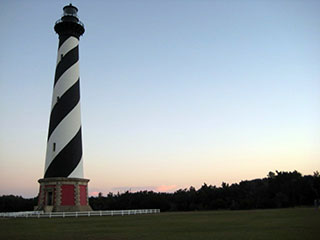
Spotlight on National Lighthouse Day
BY: JENNIFER BARNETT
When I was a little girl and my family would vacation on the shores of the OBX, my days were full of adventure! I would watch the beaches for wild ponies, search the horizon for passing ships, and listen to tales of sunken treasure and dream of riding dolphins in the waves. During this precious time in my life, there was no better view than from the top of the Hatteras Lighthouse which was, at the time, actually still on the shore line. The lighthouse was full of mystery and wonder. As the years passed, my view of the lighthouse changed. It was now the backdrop of every romance novel I carried in my beach bag and the setting of every wedding proposal scenario I dreamt up. When I looked up at it my heart would swoon from anticipation of being swept off my feet. Now that I am a wife and mother the lighthouse has become more of an old friend that I visit reminiscent of innocent times of dolphin spotting and treasure hunting.
No matter which shoreline they overlook, lighthouses are a sign of dependability and strength. They promise us that no matter how rough the storm, they will protect us from the rocky shore. There is something reassuring about that for me. So it is no surprise that there is a day devoted to them. August 7th is National Lighthouse Day. We asked our readers to send in some of their favorite photos of our area lighthouses. I’m definitely not the only one smitten with these bright lights in the dark sky. They each have their own story to tell and with any luck, you have already added them to a chapter or two in your book of life. If not, take some time to visit them and create your own memories.
Oak Island Lighthouse
http://www.oakislandlighthouse.org/
The Oak Island Lighthouse was completed in 1958 at a total cost of $110,000.00. The lights are 169 feet above the water. A misconception is that the lighthouse itself is 169 feet tall and the light can be seen for 16 nautical miles. It is built of steel reinforced concrete with three rings of embedded color. There is no spiral staircase as found in older lighthouses, but instead a series of ships ladders with a total of 131 steps to the lantern gallery level. For the first five years, the lighthouse used carbon-arc mercury lamps housed in four 36-inch reflectors, generating 70 million candle power, making the lights the brightest in the US and second brightest in the world. Currently, the lights are powered by four 1,000 watt halogen bulbs – each placed in a separate 24-inch reflector – that produce 2.5 million candle power, displaying four one-second “flashes” followed by six seconds of “blank”. In 2004, the lighthouse and surrounding property were deeded to the Town of Caswell Beach as part of the Federal Lands to Parks program.
Old Baldy
The first lighthouse on Smith Island was the Bald Head Light, completed in 1795. It was on the banks of the river at the island’s southwest point and was quickly threatened by erosion. It was pulled down in 1813 and a new lighthouse was commissioned to replace it. In 1817, Daniel S. Way built the new lighthouse, “Old Baldy,” for $15,915.45. It was originally built of soft red bricks, many of which were reused from the first lighthouse. When rebuilt it was then covered with a plaster mixture of sand and lime. It is 110 feet high and octagon in shape with walls five feet thick at the base.
Old Baldy was deactivated in 1935, and for a brief period served as a Coast Guard radio tower before being abandoned to the elements. In 1988 the light was relit but no longer serves as an “official” navigational aid. It is the oldest standing lighthouse in North Carolina.
Currituck Beach Light Station
http://www.currituckbeachlight.com/
Currituck Light Station is located in the northern Outer Banks in the historic Corolla Village. 34 miles south of the Cape Henry Lighthouse (VA) and 32 1/2 miles north-northwest of Bodie Island Lighthouse. It is known as a first order lighthouse, which means it has the largest of seven Fresnel lens sizes. Its light can be seen for 18 nautical miles. The distinctive light sequence enables the lighthouse not only to warn mariners but also to help identify their locations. Like the other lighthouses on North Carolina’s Outer Banks, this one still serves as an aid to navigation. The beacon comes on automatically every evening at dusk and ceases at dawn.
To distinguish the Currituck Beach Lighthouse from other regional lighthouses, its exterior was left unpainted and gives today’s visitor a sense of the multitude of bricks used to form the structure. The Currituck Beach Lighthouse was the last major brick lighthouse built on the Outer Banks. It has 220 steps, is 162 feet high and is made of approximately one million bricks.
Cape Hatteras Lighthouse
http://www.outerbanks.com/cape-hatteras-lighthouse.html
The Cape Hatteras lighthouse is the tallest sentinel in America at 210 feet. It was constructed in 1803 for $44,000. it was built with 1,250,000 bricks baked in kilns along the James River in Virginia and brought in scows into Cape Creek where it was hauled by oxen one mile to the building site in Buxton. Its light marked very dangerous shoals which extended from the cape for a distance of 10 nautical miles. The original tower was built of dark sandstone and retained its natural color. The original light consisted of 18 lamps; with 14-inch reflectors,. It was visible in clear weather for a distance of 18 miles.
It weighs 6,250 tons and was built with no pilings under it – just a foundation built of heart pine. In 1999, the lighthouse was moved as the sea was threatening to undermine it. The lighthouse is now safely away from breaking waves. You can climb the 268 steps for a spectacular view of the national seashore. The frame buildings near the lighthouse that served as quarters to the keepers of the light are still standing.
BODIE ISLAND LIGHTHOUSE
http://www.outerbanks.com/bodie-island-lighthouse.html
In 1847 Mr. Francis Gibbons, of Baltimore, started construction on the original lighthouse for $5,000 but problems with location and design of the tower caused a ten year delay in construction. The tower was highly unstable and soon after it was completed; it began to lean toward the sea. By 1859 the Lighthouse had deteriorated and the Lighthouse Board secured a $25,000 appropriation from Congress to erect a new tower. This new tower was 80 feet tall and its lantern was a third-order Fresnel lens. In the fall of 1861, Confederate troops stacked explosives inside the tower and blew it apart. A third lighthouse was completed in 1871 partially with material left over from construction of a new tower at Cape Hatteras. The tower was then 156 feet with a first order Fresnel lens that made its light visible for 18 nautical miles The Bodie tower is painted with white and black horizontal bands.
While some people (including North Carolinians not from the Outer Banks) pronounce the name with a long “o” sound, it is traditionally pronounced as body. This is derived from the original name of the area, which was “Bodies Island”, after the Body family from whom the land was purchased. Folklore would have you believe it is due to the number of dead sailors washed ashore from this portion of the Atlantic Ocean, which is known as the Graveyard of the Atlantic.
Frying Pan Tower (now a B&B with a very interesting story)
The Frying Pan Tower – formerly the U.S. Coastguard Frying Pan Light Station, is a lighthouse situated at the end of the Frying Pan Shoals, 32 miles south of Bald Head Island N.C. It was constructed in 1960 on a permanent steel structure with a lantern house to replace the lightship. It was a modified Texas drilling platform, called a “Texas Tower” designed to provide housing and support for the light, warning ships of the shallow waters. The Light Station was automated in 1979 with repair and maintenance crews stationed at the USGC Station Oak Island providing emergency and routine maintenance.
The Coast Guard abandoned the station in 2004 and it was left abandoned until 2010 when Richard Neal, a software engineer from Mint Hill, NC saw a listing for the Tower on a government surplus sale site. The initial sale saw pricing exceed $500,000. But a provision restricting examination until after the purchase was completed led to a forfeiture of the auction. The subsequent sealed bid auction revealed Richard as the sole bidder. Sale price: $85,000!
The Tower has 8 bedrooms with twin beds and adheres to the look and feel of the original 1964 US Coast Guard Light Tower and is loaded with unique and fascinating pieces from nearly 50 years of service. It has stood vigilant since 1964, though the light has not been continuously lit since 1992.
These are only a few of our closest lighthouses. There are, of course, many more along our coast; The Oak Island Lighthouse is one of 6 active North Carolina Lighthouses. In addition, there are 2 inactive lighthouses (Bald Head “Old Baldy” & Roanoke River) and 2 Light Towers (Diamond Shoals & Frying Pan Shoals) all of which mark more than 301 miles of coast line!
NOW PLEASE ENJOY SOME OF THE PHOTOS SENT TO US FOR COVER CONSIDERATION…..











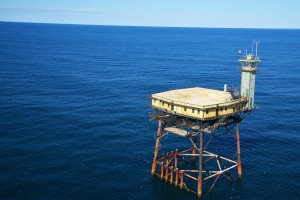
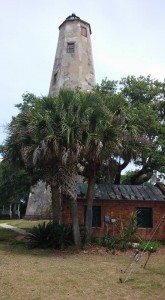

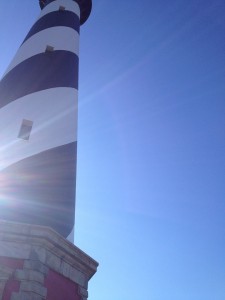



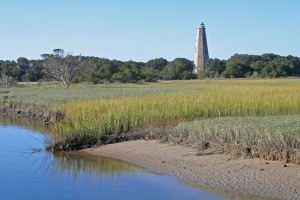
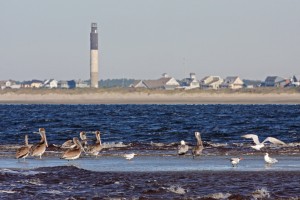
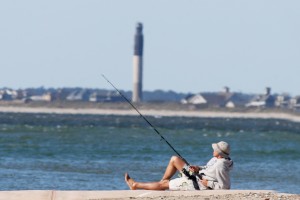


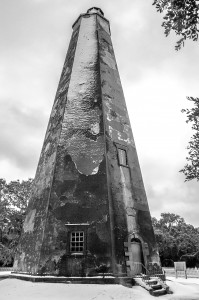
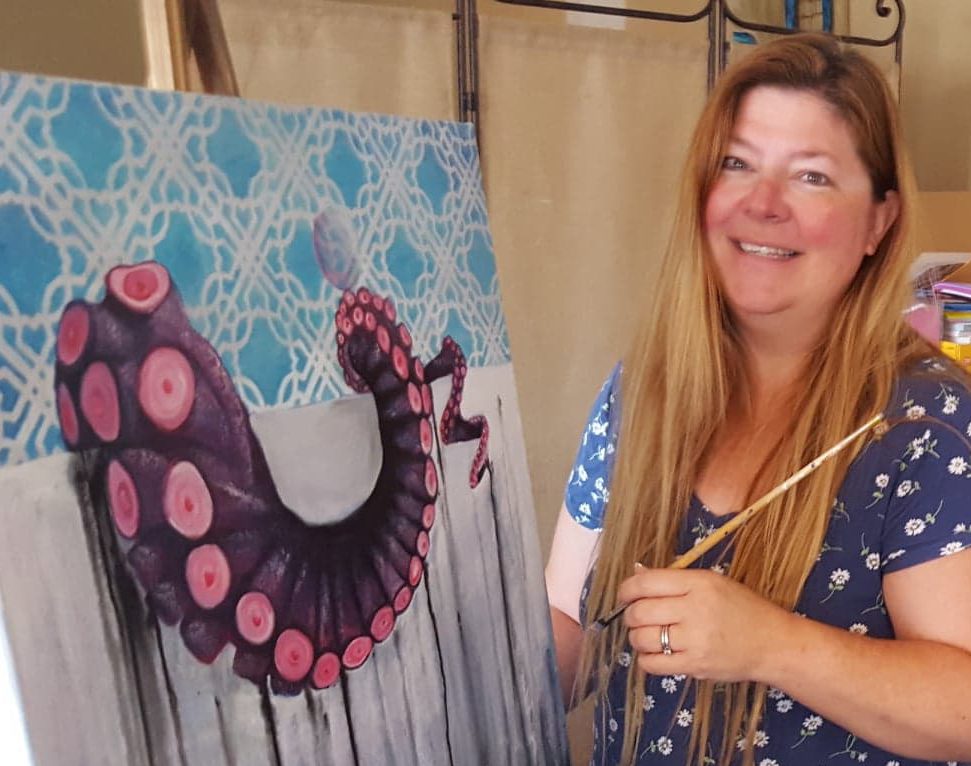




Leave a Reply